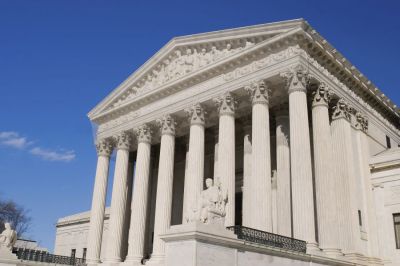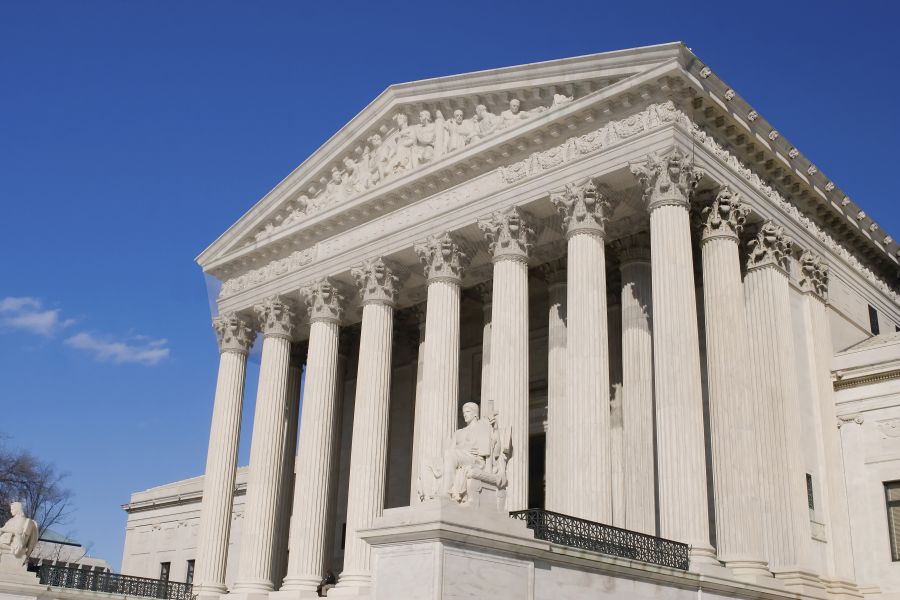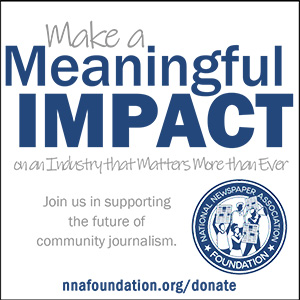Is a Catholic-packed Supreme Court a threat to religious freedom?
First Five by the Freedom Forum Institute
Oct 30, 2020

DAVID CALLAWAY
Download Word doc here.
Monday saw the unsurprising confirmation of Justice Amy Coney Barrett to the U.S. Supreme Court. Replacing Ruth Bader Ginsburg, Justice Barrett is only the fifth woman to hold a seat on the court, but despite Senate Republicans’ efforts to emphasize Justice Barrett’s qualifications as a jurist, woman, mother and caretaker, most Americans are less concerned with her gender than her religiosity. When oral arguments begin next week, Justice Barrett will be one of six Catholics on the bench — and that is not counting Justice Neil Gorsuch, who was raised in the Roman Catholic faith but now attends an Episcopalian church.
A Catholic supermajority on the Supreme Court would have shocked most Americans living before the 1990s. The first Catholic Supreme Court justice, Roger B. Taney, was appointed by President Andrew Jackson in 1836, and the court would not see a second until Edward Douglass White 58 years later. For most of the 20th century, only one Catholic justice served at a time, fostering the unwritten and inconsistently applied rule of a “Catholic seat” on the court. William J. Brennan Jr. was the court’s sole Catholic justice for 31 years when, in 1986, justice Antonin Scalia’s appointment was the first time since 1925 that more than one Catholic served on the bench and marked the beginning of a dramatic increase in Catholic representation among the justices. Beginning with Scalia’s nomination, eight of the last 16 presidential nominees to the Supreme Court have been Catholic, creating a steady stream of Catholic jurists appointed, including Anthony Kennedy in 1988, Clarence Thomas in 1991, John Roberts in 2005, Samuel Alito in 2006, Sonia Sotomayor in 2009, Brett Kavanaugh in 2018 and, of course, Amy Coney Barrett this week. Put another way, of the 13 Catholics to sit on the Supreme Court, eight were appointed in the past 34 years, with six currently serving.
The Supreme Court’s Catholic demographic shift has complex roots worth a deeper investigation than provided by the scope of this article, however, in brief, two major factors have allowed Catholic justice representation to far exceed their proportion of the American population. First, a long tradition of American Catholics pursuing careers in law enforcement and broader legal professions has swollen the ranks of qualified, Catholic jurists available to be confirmed to the court. For many 20th-century Catholics, a law degree served as a reliable path to economic security while simultaneously helping protect the Catholic community against the effects of prejudice and religious discrimination. Second, beginning in the 1970s, the rise of the “Religious Right” as an influential bloc in American politics has provided Republican politicians with motivation and support from their constituents to nominate justices that align with the ideologies and priorities of religious conservatives. Of course, being one of the most diverse religious traditions in America, Catholics are not a monolith of belief or culture, yet the two historical realities above are the driving factors in the court’s composition today.
That diversity of Catholic thought is the first piece of evidence for assessing this court’s threat to religious freedom. As the nomination and subsequent confirmation of Justice Sotomayor demonstrated, both political and religious liberals and conservatives can find champions among Catholic jurists for their voices. American Catholics are almost evenly split across the political divide and have experienced their own significant demographic shifts over the last century. Justice Sotomayor’s record on the court further illustrates the diversity in Catholic thought. Since 2017, she has sided with her fellow Catholics justices only 56% of the time in comparison to her non-Catholic colleagues, with whom she has agreed in 82% of cases. Furthermore, three Catholic justices: Sotomayor, Thomas and Alito, have consistently been the most likely to write or sign-on to a dissenting opinion over the last decade. Even most of the recent religious freedom cases that have come before the Supreme Court, like last term’s Our Lady of Guadalupe School v. Morrissey-Berru or the even more contentious Masterpiece Cakeshop, Ltd. v. Colorado Civil Rights Commission from 2018, have been decided with clear, 7-2 or even 8-1 majorities. All of these facts should allay some fears of the Supreme Court’s Catholic-ness serving as a threat to religious freedom, however, religious liberty protections are not necessarily guaranteed to continue for millions of current and future Americans.
The primary issue, and therefore threat to religious freedom, with a Catholic supermajority on the Supreme Court, is the resulting lack of representation by other religious traditions and ways of thinking. In the narrowest sense, the six current Catholic justices are demographically whiter and more male than the U.S. Catholic population and, despite the diversity discussed above, Catholics still only represent approximately 20% of all Americans. America’s fastest-growing religious traditions, including Islam and Hinduism among others, have never been represented on the court, just like the country’s second-largest religious demographic after Christianity — the religiously unaffiliated: Atheists, agnostics, unbelievers and, overwhelmingly, the “nones,” who do not identify with a tradition. Despite best intentions, and a civic responsibility to guard the rights of others even when we disagree, looking out for the values, concerns and legal protections of communities who lack a voice in the conversation can be nearly impossible. A majority of any one background on the court increases the ease in which the rights of others can be ignored, undermined or repealed — actions that only facilitate further erosions of First Amendment protections.
Importantly, the question of whether or not a Catholic-packed court is a threat to religious freedom is a different question than whether or not Justice Barrett is a threat to religious freedom. Only time will tell, and there will be many opportunities in the coming weeks and months for Justice Barrett to demonstrate her First Amendment positions as the Supreme Court considers landmark cases. Next week, the court will hear Fulton v. City of Philadelphia, which has the potential to have far-reaching consequences for religious institutions conducting public services with public funds and LGBTQ+ children and parents’ access to those services. For those concerned about religious freedom protections for all citizens, it is important to remember that limiting the rights of one group makes it easier to limit the rights of any group, even our own. More Supreme Court vacancies and nominations will come, affording more opportunities to nominate voices that represent all Americans and, with them, opportunities to enact our civic values of shared responsibility and respect.
This column expresses the views of David Callaway of the Georgia Rights, Responsibility, Respect Project.
David Callaway is the project manager of the Georgia Rights, Responsibility, Respect Project, an education initiative of the Religious Freedom Center. His email address is: dcallaway@freedomforum.org.










